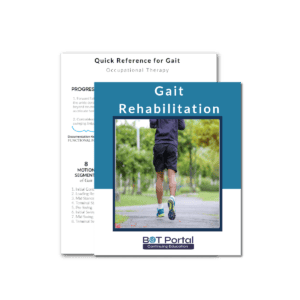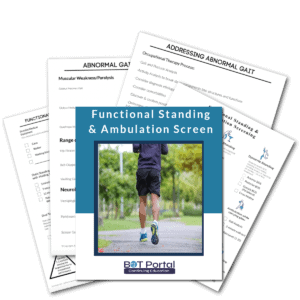Description
Kinetic Link Theory for Kinetic Changes throughout the body
Download the pdf for “Kinetic Link Theory” to learn about the human kinetic chain.The human kinetic chain may be defined as the bones and joints moving in sequence following a specific pattern depending on whether the chain is open or closed.
This is a great handout for patients and practitioners for the following reasons:
- Explain to your patients why OTPs are comprehensive and cannot treat one “part of the body at a time”.
- Remind yourself of the importance of “movement flow”
- Improve clinical observation and insight to get to the “root of the problem”
More information:
The kinetic link theory is a biomechanical concept that explains how the human body generates and transfers energy during functional movements. This theory emphasizes the sequential activation and coordination of body segments to produce efficient and powerful movements.
At its core, the kinetic link theory posits that energy generated from the lower body is transferred through a series of body segments, ultimately leading to the desired movement or action. This transfer of energy relies on the principle of proximal-to-distal sequencing, where force is initiated from the larger, more stable proximal segments and progressively transferred to the smaller, more distal segments.
For example, in a golf swing, energy is generated from the legs and hips (proximal segments) and transferred through the trunk, shoulders, arms, and finally to the club (distal segments). The sequential activation and coordination of these body segments result in a fluid and powerful swing that maximizes distance and accuracy.
Key components of the kinetic link theory include:
- Segmental sequencing: The coordinated activation of body segments in a specific sequence to generate and transfer energy effectively.
- Timing and coordination: The precise timing and coordination of muscle activation patterns to ensure efficient energy transfer throughout the kinetic chain.
- Rotational movements: Many athletic movements involve rotational components, such as twisting or rotating the body around a central axis. The kinetic link theory emphasizes the importance of rotational movements in generating power and momentum.
- Core stability: A stable core is essential for facilitating energy transfer between the lower and upper body segments. Core stability helps maintain proper alignment and posture, allowing for efficient force production and transmission.
Helpful Links:
Check out BOT Portal: Resource Site for Occupational Therapy Students and Practitioners




